Company Cyber Security Posture
NANA
NA Company Details
NA
NA
NA
NA
NA
NA
Scan still pending
NA
NA
Between 200 and 800
This score is AI-generated and less favored by cyber insurers, who prefer the TPRM score.
 NA Global Score
NA Global Score.png)

Company Scoring based on AI Models
| Model Name | Date | Description | Current Score Difference | Score |
|---|---|---|---|---|
| AVERAGE-Industry | 03-12-2025 | This score represents the average cybersecurity rating of companies already scanned within the same industry. It provides a benchmark to compare an individual company's security posture against its industry peers. | N/A | Between 200 and 800 |
Company Cyber Security News & History
| Entity | Type | Severity | Impact | Seen | Url ID | Details | View |
|---|
Company Subsidiaries

NA
Access Data Using Our API

Get company history
.png)
NA Cyber Security News
SoftwareOne completes Crayon acquisition on schedule
Switzerland-based SoftwareOne has completed its acquisition of Norwegian solution provider Crayon, on track with its expected timeline, ...
How AI Adoption Speed is Creating a Cybersecurity Time Bomb
Share. Share. How AI Adoption Speed is Creating a Cybersecurity Time Bomb (Picture: GettyImages). Tech consultancy SoftwareOne warns ...
SoftwareOne India in pact with Microsoft launches solutions for small enterprises
The 'SaMBIT- SoftwareOne India' is a curated set of Microsoft solution bundles designed to help India's small and medium businesses (SMBs) boost ...
SoftwareOne Launches Cloud Competency Centre in Malaysia
SoftwareOne is a leading global software and cloud solutions provider that is redefining how organizations build, buy and manage everything in ...
SoftwareOne’s Trevor Grech: Embracing human-centred approach to digital acceleration
The future of technology and work is exciting, but it's also going to be incredibly challenging, says Grech. A photograph of SoftwareOne's ...
Data Privacy Day 2025: Protecting Sensitive Information Has Never Been More Critical
A strong security posture is essential for safeguarding privacy, and this week underscores the need to integrate both into your strategy.
SoftwareOne India in pact with Microsoft launches solutions for small enterprises
The 'SaMBIT- SoftwareOne India' is a curated set of Microsoft solution bundles designed to help India's small and medium businesses (SMBs) boost ...
SoftwareOne confirms closing date for Crayon acquisition as executive team set
SoftwareOne confirms closing date for Crayon acquisition as executive team set · Exec team includes a mix of veterans and new faces · Sign up to ...
Predica and SoftwareONE Transaction
Predica is a leading European provider of Microsoft Azure cloud migration, application modernization and managed services. Predica serves blue-chip enterprise ...

NA Similar Companies
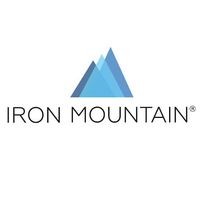
Iron Mountain
For over 70 years, Iron Mountain Incorporated (NYSE: IRM) has been your strategic partner to care for your information and assets. A global leader in storage and information management services and trusted by more than 225,000 organizations around the world, including 95% of the Fortune 1000, we pro
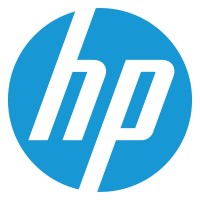
HP
We believe growth and fulfillment through technology is the Future of Work. Our vision is to deliver intelligent solutions that enable growth and more fulfilling work experiences wherever work gets done. Our technology – a product and service portfolio of personal systems, printers, and 3D printing
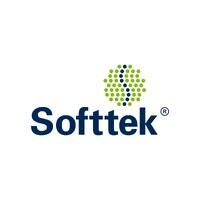
Softtek
Founded in 1982 by a small group of entrepreneurs, Softtek started out in Mexico providing local IT services, and today is a global leader in next-generation digital solutions. The first company to introduce the Nearshore model, Softtek helps Global 2000 organizations build their digital capabilitie
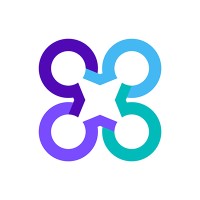
Carelon Global Solutions India
Carelon Global Solutions makes healthcare operations more practical, effective, and efficient. Our global team of more than 25K innovators drives growth, delivers exceptional support, and develops digital tools specifically for health plans, providers, and systems. Each day, our partners and experts

AeC
A AeC é apontada consistentemente como a líder brasileira na entrega de soluções de experiência do cliente e gestão de processos terceirizados. Servindo as principais marcas do mercado nacional, conquistou nos três últimos anos a posição de Empresa do Ano de BPO pela conceituada Frost and Sullivan
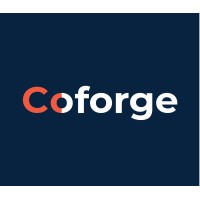
Coforge
Coforge is a global digital services and solutions provider, that leverages emerging technologies and deep domain expertise to deliver real-world business impact for its clients. A focus on select industries, a deep domain understanding of the underlying processes of those industries and partners

Frequently Asked Questions
Explore insights on cybersecurity incidents, risk posture, and Rankiteo's assessments.
NA CyberSecurity History Information
How many cyber incidents has NA faced?
Total Incidents: According to Rankiteo, NA has faced 0 incidents in the past.
What types of cybersecurity incidents have occurred at NA?
Incident Types: The types of cybersecurity incidents that have occurred include .
Additional Questions
What Do We Measure?
















Every week, Rankiteo analyzes billions of signals to give organizations a sharper, faster view of emerging risks. With deeper, more actionable intelligence at their fingertips, security teams can outpace threat actors, respond instantly to Zero-Day attacks, and dramatically shrink their risk exposure window.
These are some of the factors we use to calculate the overall score:
Identify exposed access points, detect misconfigured SSL certificates, and uncover vulnerabilities across the network infrastructure.
Gain visibility into the software components used within an organization to detect vulnerabilities, manage risk, and ensure supply chain security.
Monitor and manage all IT assets and their configurations to ensure accurate, real-time visibility across the company's technology environment.
Leverage real-time insights on active threats, malware campaigns, and emerging vulnerabilities to proactively defend against evolving cyberattacks.




